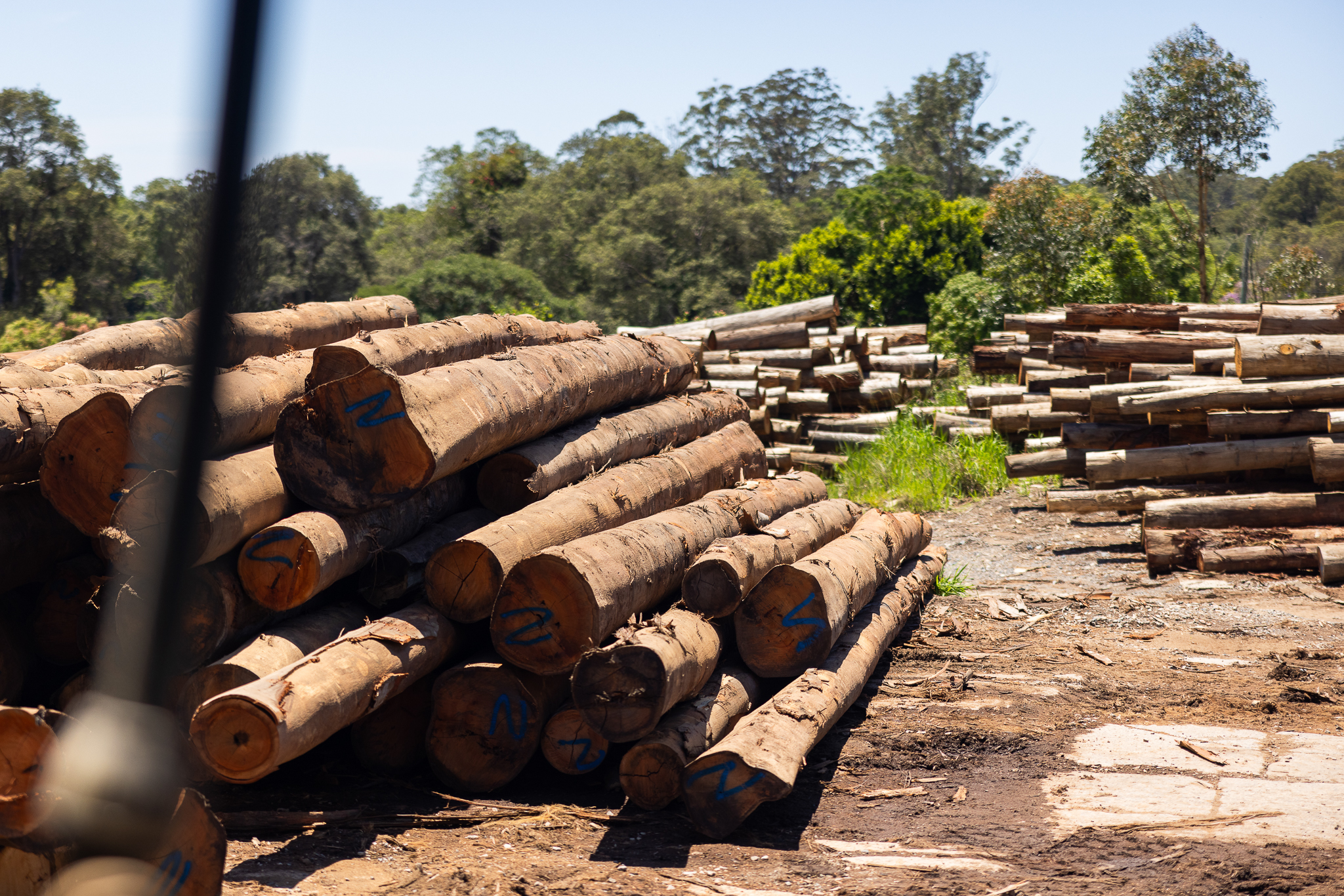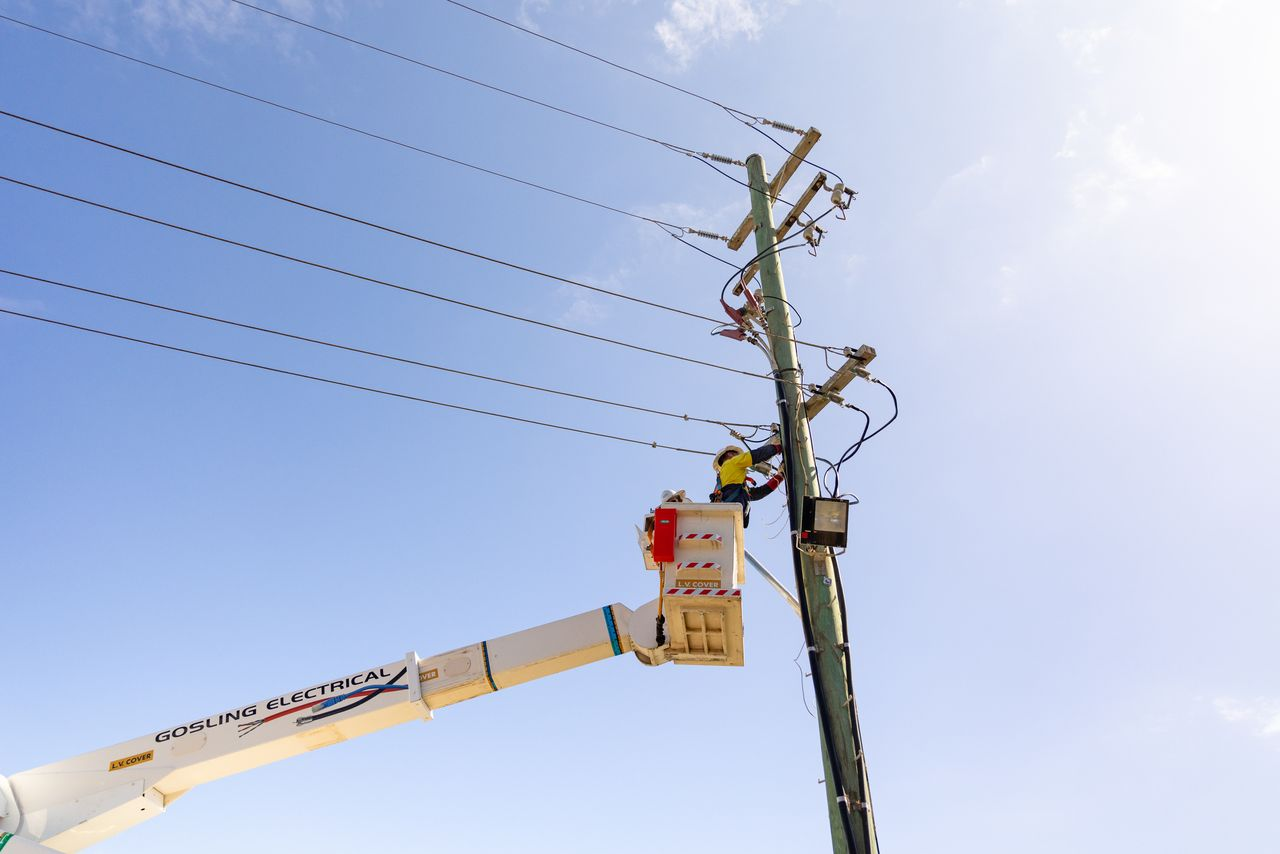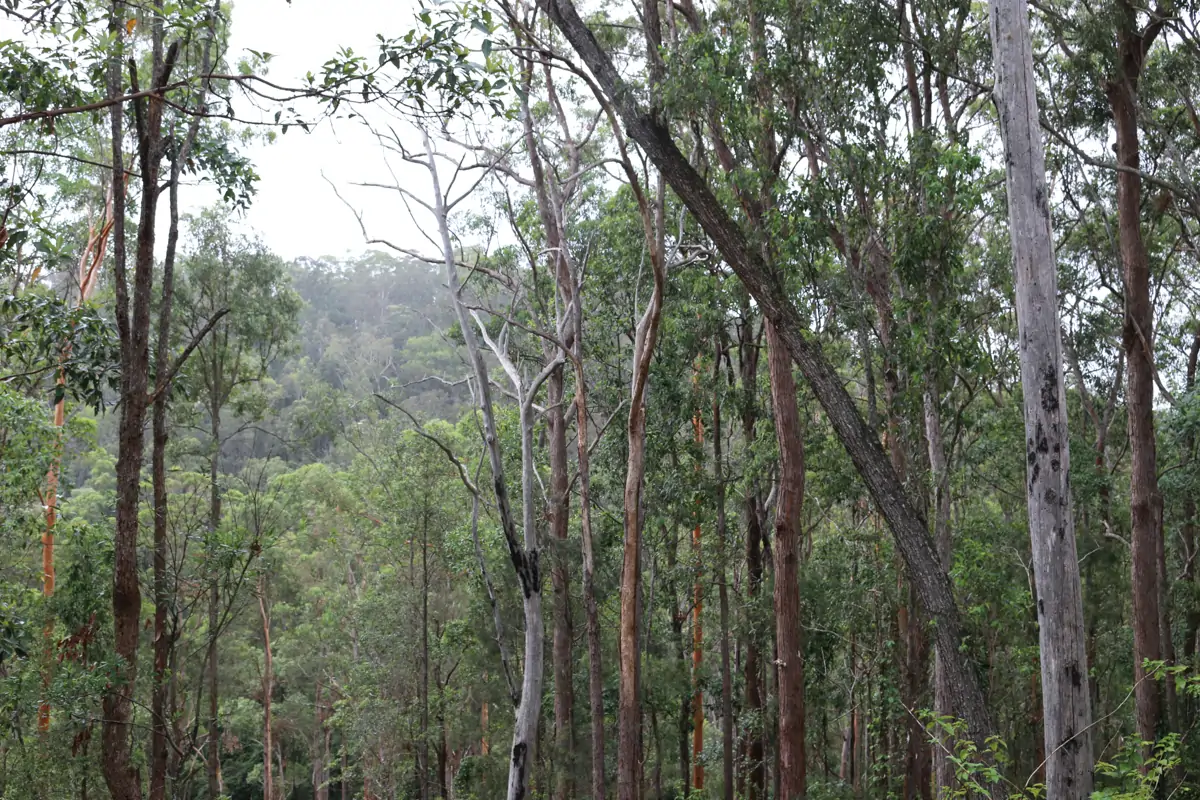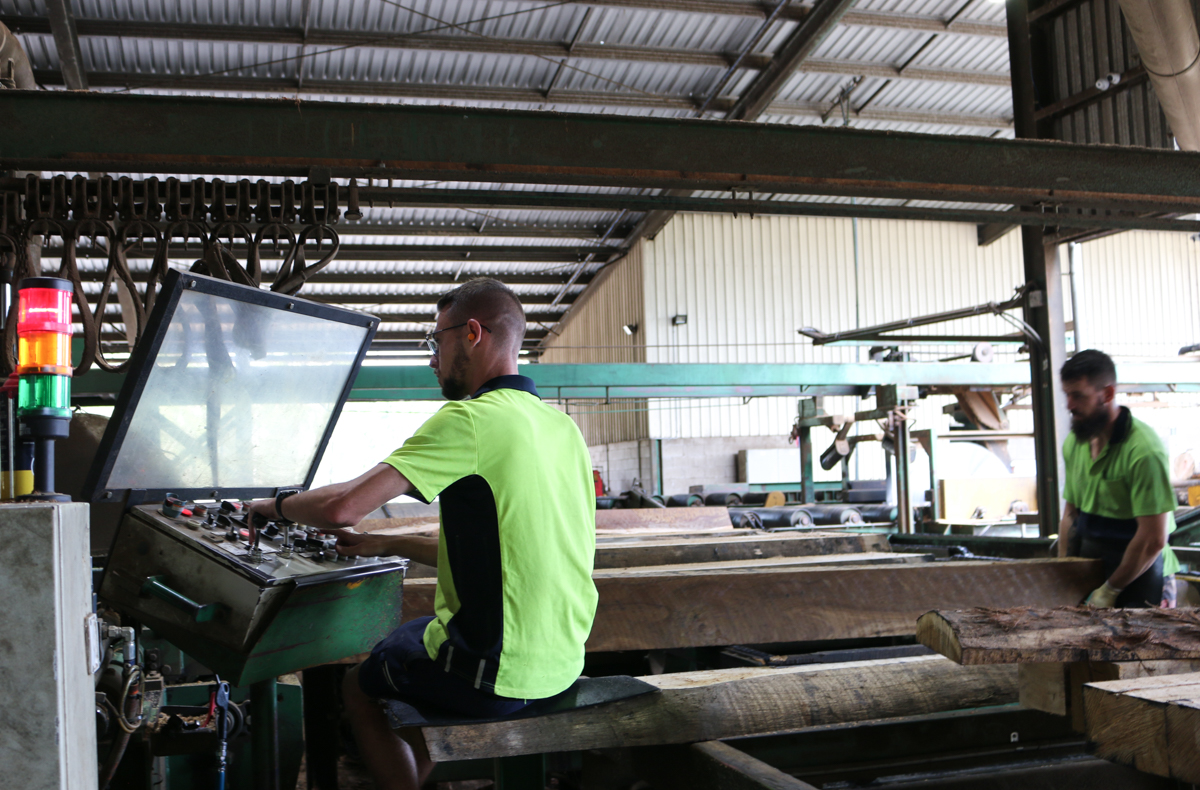Regulated forest management practices provide private NSW landholders with a sustainable way to manage their native forests while generating income through responsible timber production. Whether you want to diversify your income, improve fire management, or forest health, private native forestry (PNF) offers a regulated and sustainable approach.
This guide explores the key benefits of PNF, how it works, and the steps to get started.
What is Private Native Forestry?
Private Native Forestry (PNF) involves the sustainable management of native forests on private land for timber production. In NSW, private native forestry is regulated under Part 5B of the Local Land Services Act 2013. This ensures forests are managed sustainably, with long-term forest health being the primary goal. This supports both the harvest of suitable timber as well as ensuring natural forest regeneration and protecting habitat, maintaining biodiversity, soil health, and water quality.
How PNF Differs from Other Forestry Practices
- Selective Harvesting: Only select trees are harvested while ensuring the overall structure and biodiversity of the forest are maintained. Read more about the top 6 sustainable forest management techniques here.
- Natural Regeneration: Instead of replanting activities, PNF promotes the natural regrowth and regeneration of native tree species, supporting mixed aged and mixed species forest health.
- Long-Term Sustainability: PNF balances timber production with environmental conservation, ensuring long-term forest health for future generations.
Benefits of Private Native Forestry
- Income Generation
Private native forestry provides landholders with an additional income stream. Many rural landholders supplement their agricultural income with royalties from sustainable forest management, boosting cash flow and maximising property value.
- Improved Forest Health
Selective harvesting promotes the growth and long-term health of the remaining trees, and encourages natural regeneration. In addition it also assists in the management of fire hazards and provides better access to manage invasive species such as lantana, which is often found to be problematic within Northern NSW forests.
- Biodiversity Conservation
Retaining habitat and feed trees, employing buffer and exclusion zones, and applying best-practice silvicultural harvesting methods defined in the Private Native Forestry Code of Practice, all support healthy growth and the protection of habitat, including existing koala habitat.
- Reduced Bushfire Risk
Well-managed forests lower fuel loads, provide strategic firebreaks and allow practical access routes to manage bushfire risk, significantly reducing the risk of wildfires.
- Water and Soil Protection
PNF practices today are carried out in a way to prevent soil erosion and protect water quality by maintaining vegetation around streams and catchment areas, ensuring long-term land productivity.

The PNF Code of Practice: Regulations and Compliance
All PNF operations in NSW must adhere to the PNF Code of Practice, which ensures sustainable forest management. The code of practice guides the legal requirements and obligations associated with PNF, ensuring compliance with environmental standards and legislation. Key requirements include:
- Approval from Local Land Services (LLS): A Private Native Forestry Plan (PNF Plan) must be obtained before commencing operations.
- Planning and Assessment: Guidelines for developing a Forest Management Plan, including assessing environmental impacts, setting management objectives, and monitoring outcomes.
- Sustainable Management Practices: Recommendations on harvesting techniques, regeneration methods, and maintenance of biodiversity to ensure the long-term health and productivity of forest ecosystems Environment NSW.
- Habitat Tree Retention: This includes hollow-bearing trees, recruitment trees, food resource trees, roost trees and nest trees.
- Waterway Protection: Buffer zones around streams and rivers to safeguard water quality.
- Soil and Erosion Control: Forestry activities must minimise and manage soil disturbance.
- Natural Regeneration: Forests must be allowed to recover naturally after harvesting.
- Construction and maintenance of forest infrastructure: Allowable minimal clearing for roads, drainage structures, log landings, mill sites, snig tracks, or extraction tracks only where necessary.
Understanding these regulations is crucial for compliance and can seem daunting. Sustainable Forest Management is on hand to help landholders obtain a PNF Plan and develop a Forest Management Plan aligned with best practices, guide you through the process and answer any questions you may have.
How to Get Started with Private Native Forestry
Below is a summarised version of the sustainable forest management process; you can view the full 8-stage process here.
1. Assess Your Forest
A forest assessment will evaluate your forest’s overall condition (health) and estimated timber value. A skilled forestry professional will be able to do an initial desktop assessment of the topography and history to identify your forest’s potential. Following the desktop assessment, an in-person inspection is carried out. This includes assessing the access, forest type and condition, and timber value, and is where many questions are answered. What will be harvested, retained and what regulations for protecting the habitat, waterways and biodiversity apply.
Read more about current timber values here.
2. Obtain a PNF Plan from NSW Local Land Services
A PNF Plan, required for compliance, includes:
- Designated forestry areas
- Conservation measures (e.g., old growth, rainforest, exclusion zones)
- Details pertaining to ownership and what Act applies.
This plan must be submitted to Local Land Services for approval before harvesting begins.
3. Develop a Forest Management Plan
A Forest Management Plan outlines how the forest will be managed sustainably, balancing timber production with environmental conservation. It includes a map identifying sensitive areas such as old growth, rainforest, waterways and exclusion zones. It details the forest condition, planned forestry operations and forest management activities including sustainable harvesting methods, infrastructure needs and placement e.g. extraction tracks and log landings, as well as strategies for managing fire risk and invasive species.
Read more in our blog: Forest management options for private landowners
4. Implement Sustainable Forestry Practices
After approval, forestry activities should follow best silvicultural practices to minimise waste and ensure the long-term health of your forest:
5. Monitor and Maintain Your Forest
Ongoing monitoring ensures successful regeneration and long-term forest health. Post-harvest activities such as hazard reduction burns help maintain compliance with the PNF Code of Practice. You can read more about post-harvest assessments in our blog Essential Post Harvest Forest Care.
6. Work with Forestry Professionals
Engaging a skilled forest manager with decades of experience, such as Sustainable Forest Management, simplifies the process and ensures regulatory compliance. SFM’s role includes:
- Forest assessments and timber valuations
- PNF Plan and FMP development and approvals
- Sustainable harvesting
- Market access for timber sales
- Liaising with landholders, Local Land Services and sawmills to obtain the best results for the landholder, their remaining trees and the timber harvested.
Choosing the Right Forest Manager
A professional private native forestry manager helps landholders navigate regulations and maximise benefits. For Northern NSW landholders, Sustainable Forest Management provides expert guidance on PNF applications, management plans, and best-practice harvesting. Read more about Choosing the right Sustainable Forest Manager for your forest.
In summary,
Private Native Forestry is a practical and sustainable way for landholders to manage their forests while generating income and preserving environmental values. By following best practices and working with forestry professionals, landholders can achieve both economic and ecological benefits.
For expert advice and to arrange your free forest assessment, contact Siman and the Sustainable Forest Management team at 1300 367 378 today.
Plus get your Free copy of The Ultimate Private Native Forestry Guide for Landowners – download now!.



